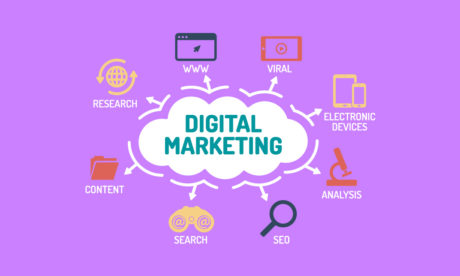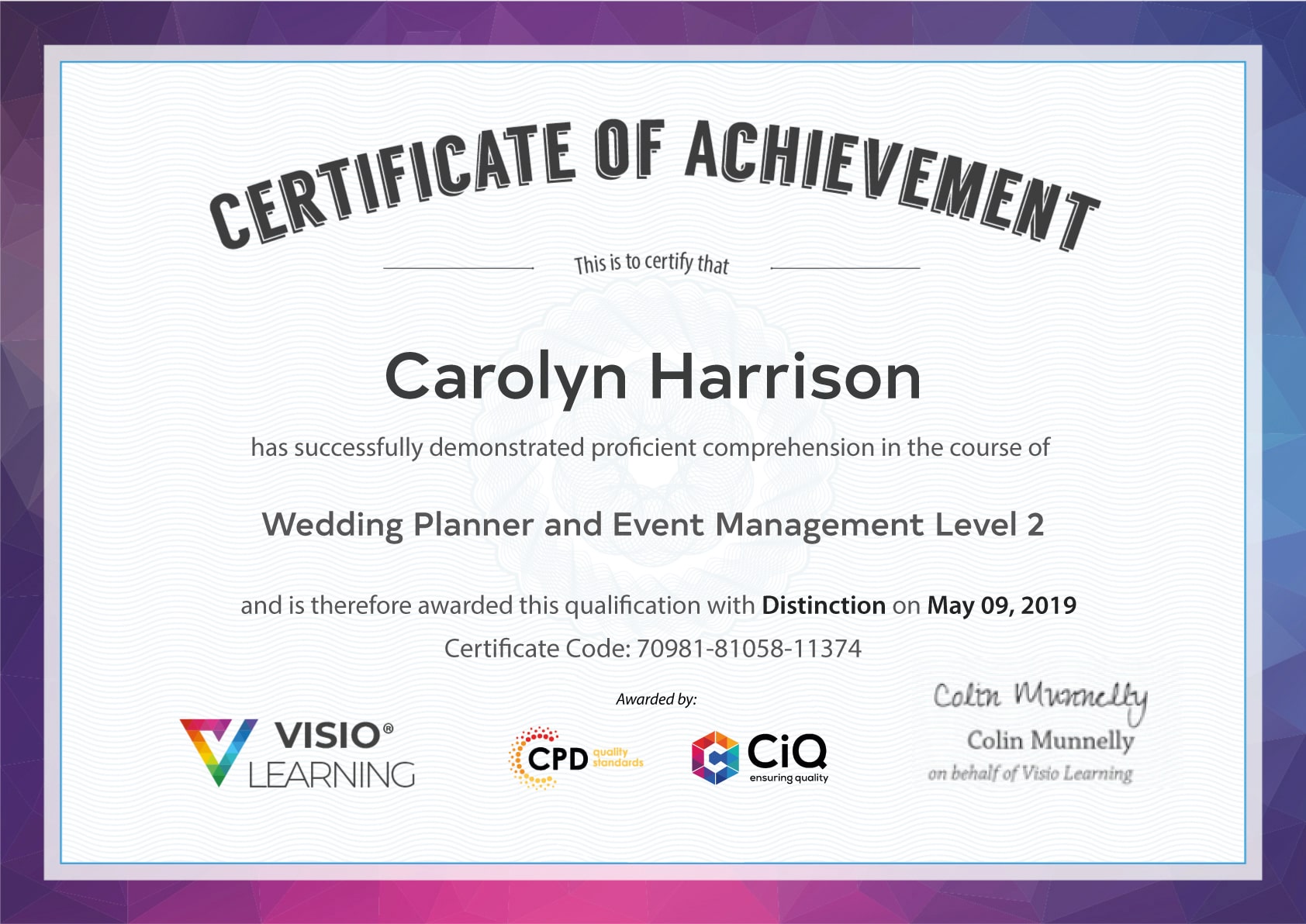Course Curriculum
| Introduction | |||
| Promotional video | 00:03:00 | ||
| Introduction | 00:05:00 | ||
| Don’t buy this unless… | 00:03:00 | ||
| What are we, if not salespeople? | 00:04:00 | ||
| Good and bad salespeople | 00:04:00 | ||
| Commercial realities | 00:04:00 | ||
| Dysfunctional selling has led to dysfunctional buying | 00:03:00 | ||
| Who is your ‘Avatar’? | 00:05:00 | ||
| Your customer’s journey | 00:05:00 | ||
| Introducing A.S.K - concentrating on 'A' for ATTRACT. | |||
| Section 2 lecture 1: Introduction to ASK | 00:05:00 | ||
| Section 2 Lecture 2: The Marketing Function | 00:06:00 | ||
| S2 L3 The Hunter | 00:06:00 | ||
| S2 L4 Referrals | 00:06:00 | ||
| S2 L5 How your marketing ‘lands’ with your customer | 00:05:00 | ||
| S2 L6 Leveraging your contacts | 00:04:00 | ||
| Section 3 The 'S' of A.S.K. - SERVING | |||
| S3 L1 | 00:04:00 | ||
| S3 L2 The Decision Making Unit (DMU) | 00:04:00 | ||
| S3 L3 The value of VALUE | 00:05:00 | ||
| S3 L4 | 00:06:00 | ||
| S3 L5 Customer Care – a conversation (not a ‘sale’) | 00:07:00 | ||
| S3 L6 | 00:04:00 | ||
| S3 L7 | 00:04:00 | ||
| S3 L8 How to get back IN with a client | 00:06:00 | ||
| Section 4 The K of A.S.K | |||
| S4 L1 Introduction the the K or KEEP element | 00:06:00 | ||
| S4 L2 Your authority | 00:05:00 | ||
| S4 L3 | 00:06:00 | ||
| S4 L4 NON sales contact | 00:05:00 | ||
| S4 L5 Why ASKING for referrals works so well | 00:04:00 | ||
| Section 5 ...And lastly... | |||
| S5 L1 | 00:01:00 | ||
Course Reviews
[elementor-template id='289348']










